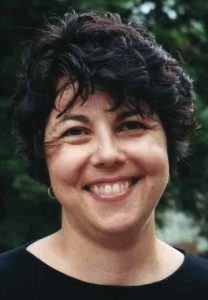“The Woman King” DP Polly Morgan on Lensing Viola Davis in Gina Prince-Bythewood’s Thrilling Epic
A sweeping historical epic that blends intimacy and adventure is the kind of movie that The Woman King cinematographer Polly Morgan dreamed about making while growing up in West Sussex, England.
“My earliest memories were Close Encounters and Empire of the Sun. Spielberg captured my imagination like many of my generation,” said Morgan over the phone from the Toronto International Film Festival, where The Woman King had its world premiere. “I knew I wanted to go to Hollywood. I didn’t even know what that meant; I just knew I wanted to go to the place where they make movies.”
That’s just what Morgan has done. She’s worked nonstop for two decades in television and movies; earned an MFA from the American Film Institute; became the only woman member of both the British Society of Cinematographers (BSC) and the American Society of Cinematographers. Over the past two years, she shot A Quiet Place: Part II, Where the Crawdads Sing, and now The Woman King, director Gina Prince-Bythewood’s historical epic set in 1823 in the real West African kingdom of Dahomey with Viola Davis as Nanisca, the leader of an army of women warriors called the Agojie, and John Boyega and King Ghezo who allows his own people and those of neighboring countries to be trafficked as slaves.
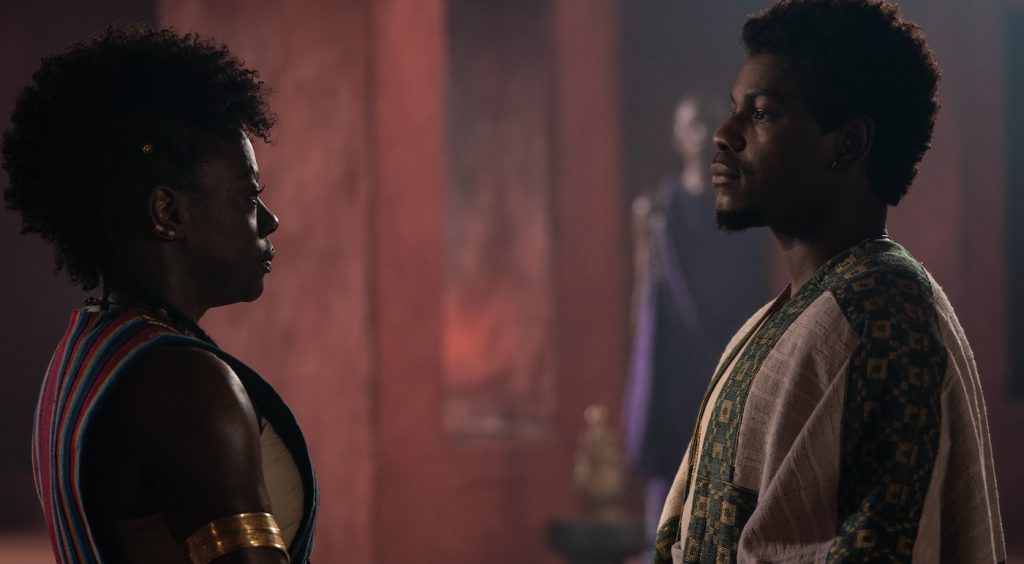
Morgan says although her recent films spam different genres, they share commonalities. “Even though A Quiet Place: Part II is a thriller-horror movie, it’s an intimate story of this family and their relationships with each other and dealing with the loss of their father. The Crawdads movie is really about a young woman abandoned by her family and the resilience she needed to survive. And [The Woman King] is a story of sisterhood and a mother and daughter. I’m drawn to something when I can feel a deep emotional core to a story. I like things to have some depth to them.”
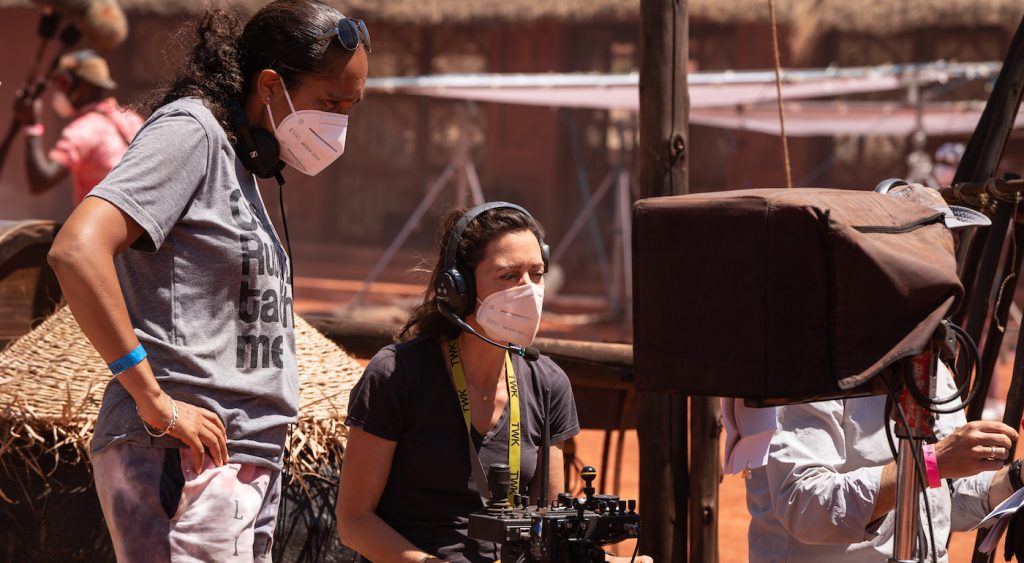
She cites Nope cinematographer Hoyte Van Hoytema as an inspiration. “When he came on the scene, I was amazed at what a chameleon he was, how he could float between genres and be a storyteller in films like Let The Right One In, The Fighter and Tinker, Tailor, Soldier, Spy, and it didn’t matter what types of movies he was doing. He was a storyteller.”
When she and Prince-Bythewood discussed the visual language for The Woman King, the director used the term “intimately epic,” recalled Morgan. “How can we show this West African nation in a way that’s going to surprise people who think that Africa is just a dry and dusty continent? This country was rich and lush and gorgeous and full of color. It was an incredible environment. Also, how can we show the beauty of these women, their vulnerability, and how to capture the gloriousness that is black skin?
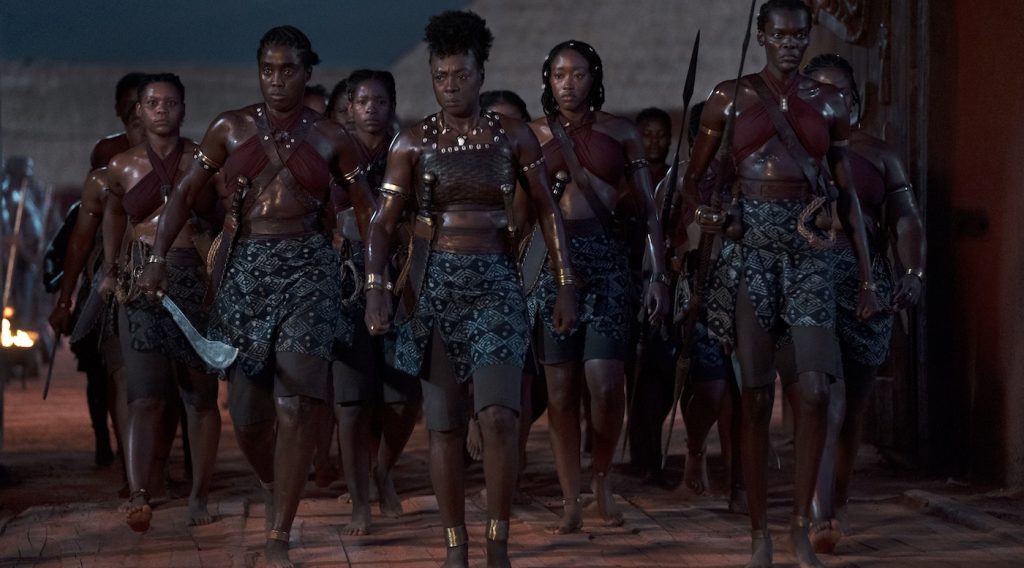
(Second row L-R )
Sisipho Mbopa , Lone Motsomi ,Chioma Umeala
We wanted [the film] to look gorgeous but authentic and real and not overly commercial and glossy. We wanted to be true to the genre of historical epics like Braveheart and Gladiator — visceral and with textures — but also true to the [time] period.”
Shooting in North and South Africa was difficult for many reasons, Morgan said. “It was challenging logistically with the weather, either rainy and muddy in the North or hot and windy in the South.” Then “a couple of weeks into production, suddenly sixty-five percent of the crew tested positive for Covid. We shut down for a couple of weeks, and some of us were terrified it would never get back up and running. But we did get back and finished in March 2022.”
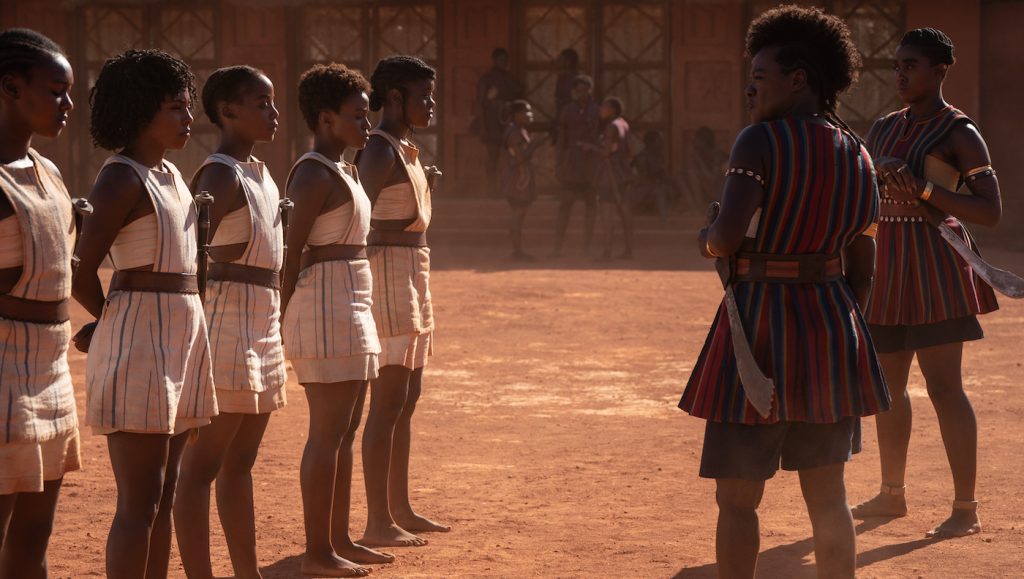
Morgan admits she was concerned about shooting “huge sequences outside in the African sun. How was I going to control the light; how was I going to take care of these women and highlight the beauty of their skin and make them look good, especially with such a tight schedule? I had to be clever and lucky. And Gina supported what I needed.”
Besides epic adventure movies, Morgan studied classical paintings for inspiration. “I looked at artists like Rembrandt and Caravaggio who used firelight, and I looked at how the light plays on the faces and [creates] shadows. I also studied Flemish painters like van Dyck whose images show natural light through a window,” she said. Morgan and Prince-Bythewood wanted to use light to show the contrast of a beautiful place rendered ugly by the slave trade. “We wanted the audience to feel a difference between that environment and the beauty of Dahomey,” Morgan said.
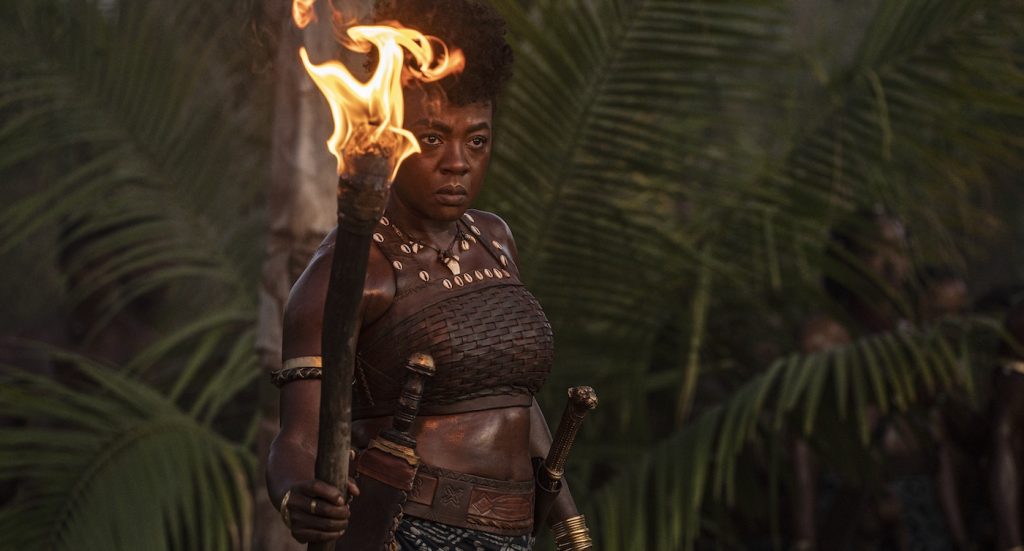
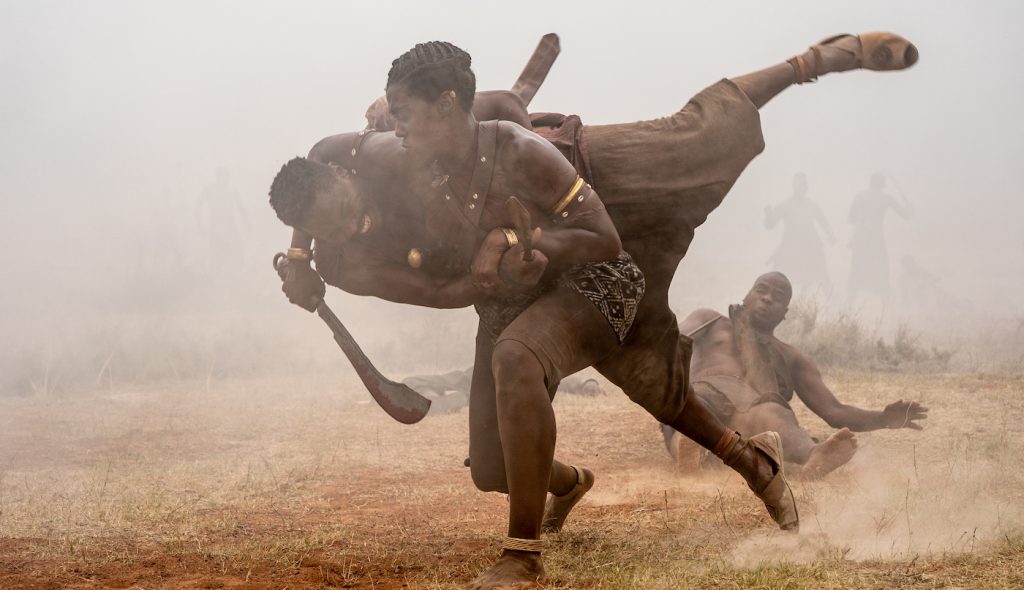
The creative team, led by production designer Akin McKenzie, did “massive amounts of research,” said Morgan. “Our phenomenal production head Akin McKenzie dug deep to find documents written by European traders who had actually visited the place at that time. They’d come home and write accounts about seeing the Agojie women, about meeting Ghezo, and how Dahomey was a kingdom full of riches like gold. There’s photographic evidence as well, [such as] King Ghezo wearing a top hat and shiny black shoes that had been a gift to him as a trade for human life. We wanted the movie to be authentic, so we soaked up this information. Everything is based on real research.”
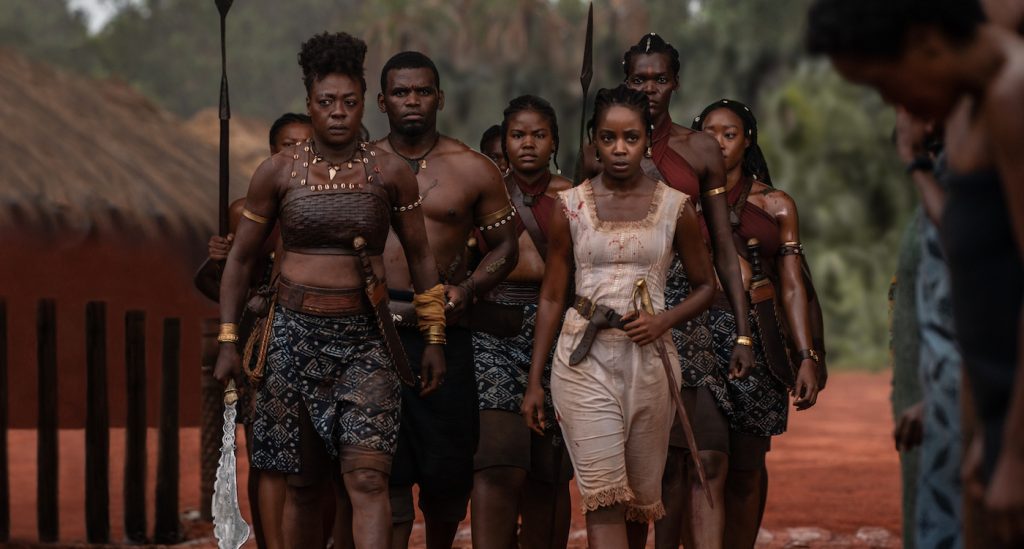
Throughout the production, Morgan was motivated to combine historical epic with rousing entertainment and “set a relatable story within those moments to educate about what life was like. It’s refreshing these days to have a movie like this in contrast to the superhero movies being made,” she said. “This is a true, authentic environment and an amazing cinematic story, but what makes it memorable and so strong is that we all get to learn a little history that we didn’t know before. It’s a story that needed to be told.”
The Woman King hits theaters on theaters September 16.
Featured image: Viola Davis in “The Woman King.” Courtesy Sony Pictures.


